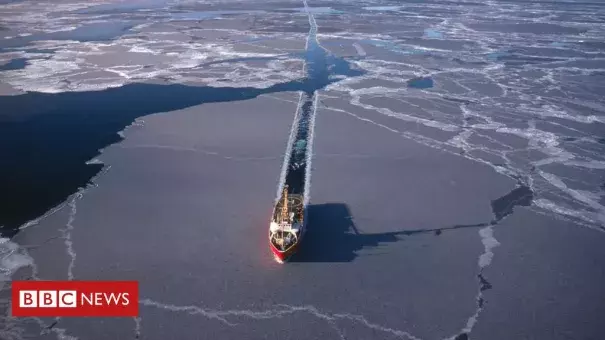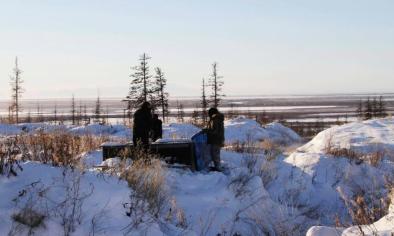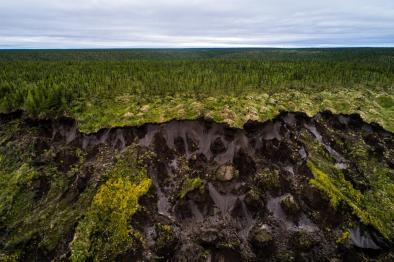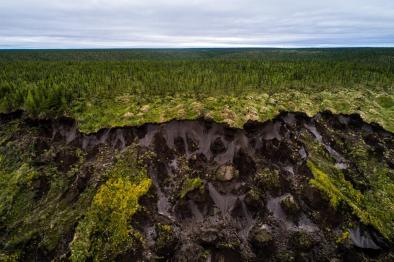Arctic ice melt makes permafrost vulnerable

Signals Summary: Increased temperatures from climate change is threatening to melt permafrost, which would release massive amounts of greenhouse gases into the atmosphere. Climate change is also increasing sea ice decline, especially in the Arctic which is warming two to three times faster than the global average.
Article Excerpt: The absence of sea ice in the Arctic is closely connected to the melting of permafrost, according to a new study.
Permafrost contains massive amounts of carbon which are likely to be released as climate change heats up the world.
When this carbon enters the atmosphere as CO2 and methane gas, it will itself contribute to warming the globe.
But scientists have now found a historical link between sea ice in the Arctic and the presence or absence of permafrost.
They say the expected disappearance of Arctic summer ice will speed up the loss of this permanently frozen ground.
...
Scientists worry that climate change brings a real threat of a vicious cycle, where warming releases the gases from the frozen ground, and this in turn makes the heating much worse.
...
"The world needs to be warm to melt permafrost but it is not the only thing," said Prof Gideon Henderson, who's an author of the study from the University of Oxford.
"What seems to be a big determinant is the amount of sea ice in the Arctic, and when you make the Arctic free of sea ice it makes the permafrost much more likely to melt."
...
They [the study's authors] theorise that when the sea ice has disappeared down the centuries, more heat and moisture is then transferred from the ocean to the atmosphere. This warmer air moves inland and falls as rain, leading to melting.
The increased moisture also contributes to greater snowfall in the autumn, which sees more of the summer warmth trapped under a blanket of snow which helps destabilise the permafrost.
Related Content





